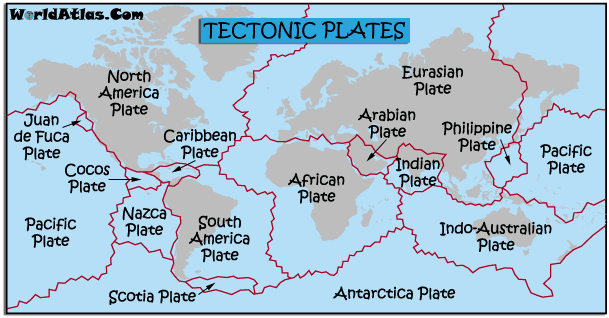

The Manjil-Rudbar Earthquake, measuring up to a magnitude of 7.7, was the largest ever earthquake to be recorded in the Caspian Sea region. It was caused by the movement of the Arabian plate, which is still pushing against the Europian plate long since millions of years ago.
The earthquake occurred at midnight on June 21, 1990. It caused widespread damage in areas within a hundred kilometre radius of the epicenter near the City of Rasht. It also caused destruction about two hundred kilometres northwest of Tehran. Many cities and several hundreds of villages were destroyed, with over three hundred villages being affected slightly. $200 million was spent on damage and on health care.
100 thousand houses sustained serious damage or collapsed as the houses were built using weak materials such as brick, block, adobe and wooden timbers. The main cause of the collapsing houses is the use of unenforced masonry walls. It caused about forty thousand casualties. Sixty thousand people were also injured and 500,000 people were left homeless.
Rescue operations were hampered by the fact that the earthquake occurred in the dead of the night, by the bad weather conditions and by the harsh landscape of the mountain villages. Roads and highways were cut off as well by the extensive landslides caused by the huge earthquake hence further hampering rescue operations.
There are earthquake resistant buildings being engineered and built now. An earthquake-resistant building has a number of special structural features. Interior support walls called shear walls, made of reinforced concrete, strengthen the structure and help resist rocking forces. Shear walls in the center of a building form a shear core. Cross-bracing reinforces walls with diagonal steel beams. Base isolators act as shock absorbers, and a moat allows a building to sway hence making the building from collapsing so easily.
